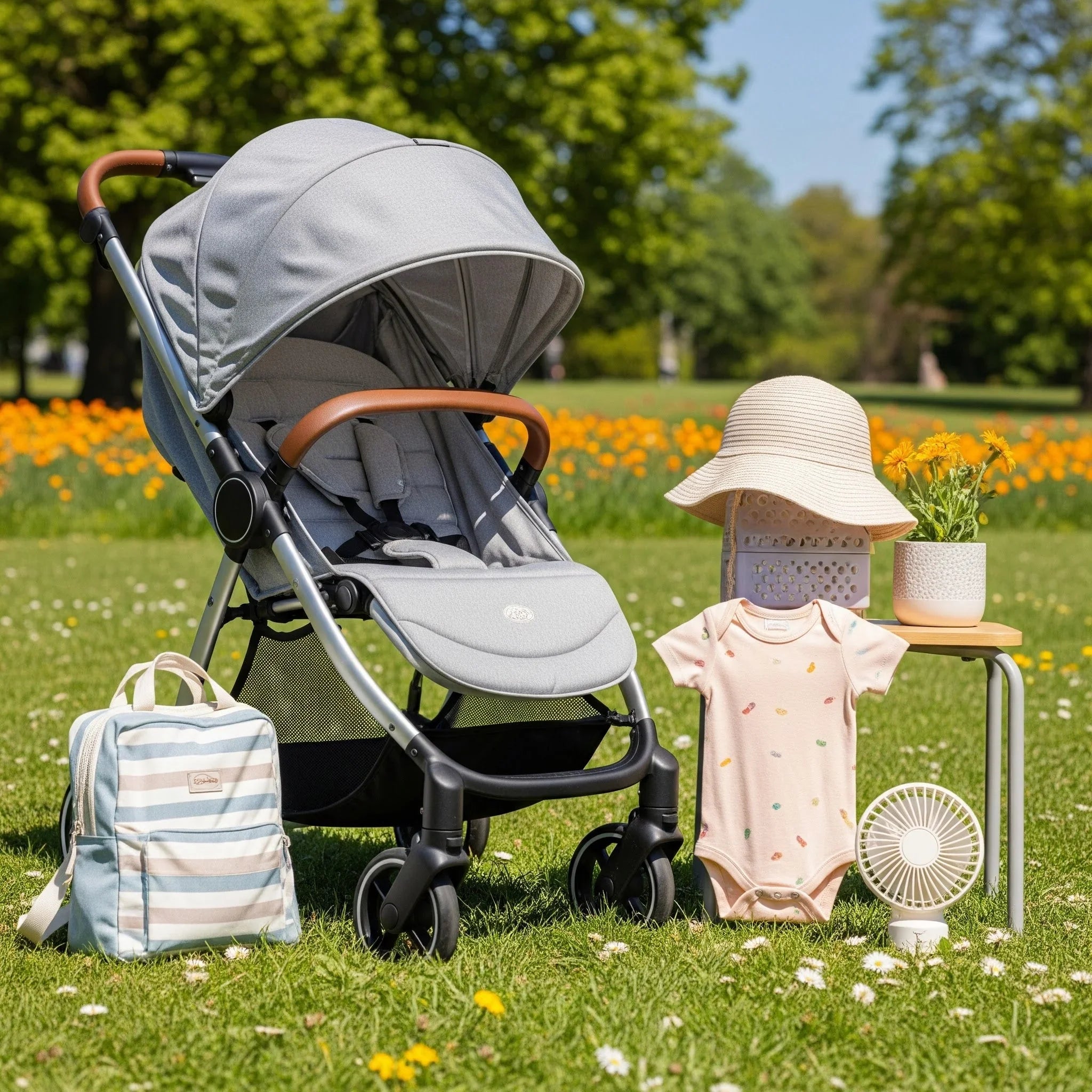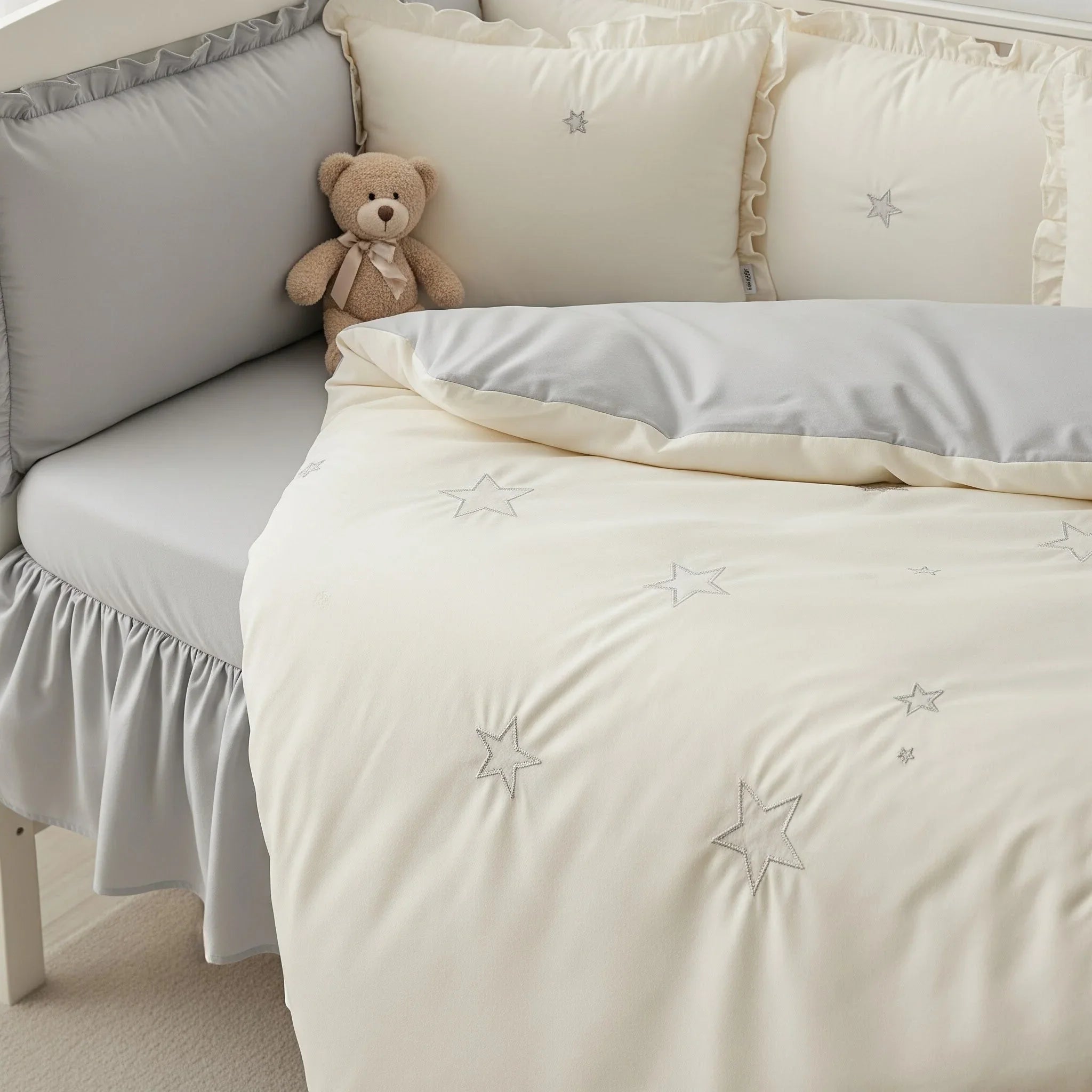Organic cotton has been a go-to choice for baby clothes, especially clothing, for years—and for good reason. It's one of the safest and most reliable materials out there, perfect for a baby’s sensitive skin. What makes organic cotton stand out is how it’s grown—without any synthetic pesticides, fertilizers, or GMOs—something we deeply value at Baby Gifts Australia. This means it’s free from harsh chemicals that can often cause allergies or skin irritations in babies. If you've ever dealt with baby rashes or eczema, you’ll appreciate how gentle and hypoallergenic organic cotton can be.
Besides being safe, organic cotton is incredibly soft and breathable, which is a huge plus when it comes to baby clothes. Babies need to stay comfortable, and organic cotton allows their skin to breathe, preventing them from getting too hot. Plus, it’s durable—no matter how many times you wash it, organic cotton stays soft and in good shape, so those cute little outfits can last through all the crawling and wriggling.
And it’s not just about comfort and safety—organic cotton is also better for the environment. It’s grown in a way that supports healthy soil, conserves water, and helps protect the planet’s biodiversity. So when you choose organic cotton for your baby, you’re also making a small but important choice for the future of the planet they’ll grow up in.
All in all, organic cotton is a tried-and-true material that parents trust. It’s safe, comfy, and eco-friendly—everything you want in baby clothing. It’s no wonder so many parents stick with it, knowing they’re making the best choice for their little one’s delicate skin and the world they’ll inherit.
Cotton in History
Cotton’s history stretches back thousands of years. Ancient civilizations like those in India, Egypt, and South America were among the first to cultivate and weave cotton into textiles. For these early societies, cotton was a practical and valuable resource because it could be grown relatively easily, processed with simple tools, and turned into a soft, versatile fabric. As trade expanded, cotton spread to other parts of the world, becoming an essential fabric in Europe, Asia, and Africa.
Throughout history, cotton has continued to be favored for baby items due to its reliability. Before the advent of synthetic fabrics in the 20th century, natural fibers like cotton were the primary option for clothing and textiles. The simplicity of producing and maintaining cotton garments made it a practical choice for parents, especially when it came to clothing their babies in something safe, comfortable, and accessible.
Why Cotton is Such a Trusted Material for Baby Clothes
Cotton has been a trusted and safe material for baby clothes for centuries, and its enduring popularity is no accident. This natural fiber has a unique combination of qualities that make it particularly well-suited for the delicate needs of infants. From its gentle touch to its breathability and durability, cotton has been the material of choice for generations of parents seeking the best for their babies. The reasons behind this are deeply rooted in the material's natural properties, its long history of use, and its unmatched comfort and safety.
One of the primary reasons cotton has been so trusted for use in baby clothes is its inherent softness. Babies have extremely sensitive skin, which can easily become irritated by rough or synthetic fabrics. Cotton, especially when it is untreated and in its most natural form, is incredibly soft and gentle against the skin. This softness helps prevent the rashes, itching, and discomfort that can arise when babies come into contact with harsher materials. For centuries, parents have relied on cotton for its ability to cradle their infants in comfort, making it the go-to fabric for everything from swaddles and blankets to onesies and sleepwear.
Another key factor that has contributed to cotton's longstanding reputation is its breathability. Cotton fibers allow air to circulate freely, which helps regulate a baby’s body temperature. This is crucial for newborns, who are still developing the ability to maintain their own temperature. Overheating can be dangerous for infants, but cotton's breathable nature helps keep them cool in warm weather and provides insulation in cooler temperatures. This natural temperature regulation is one reason why cotton has been preferred over synthetic materials, which often trap heat and can lead to discomfort or even heat rash.
Cotton is also highly absorbent, which is an important feature for baby clothes. Babies are prone to drooling, spitting up, and diaper leaks, all of which can lead to damp clothing and discomfort. Cotton’s ability to absorb moisture and keep it away from the skin helps to keep babies dry and comfortable. This is especially important in items like bibs, burp cloths, and diapers, where moisture management is essential. Furthermore, cotton’s absorbent nature makes it easy to wash, a significant advantage for parents who need to frequently launder baby clothes and linens.
Durability is another reason cotton has been trusted for baby clothes over the centuries. Baby clothes and accessories need to withstand frequent washing and wear, and cotton is up to the task. Unlike many synthetic materials that can break down or lose their shape over time, cotton remains resilient. It retains its softness and structure even after repeated laundering, making it an economical and practical choice for parents. This durability also means that cotton baby clothes can often be passed down from one child to another, a testament to the fabric's lasting quality.
Beyond its practical benefits, cotton has a deep history and cultural significance that adds to its trusted reputation. Cotton has been used in textiles for thousands of years, with evidence of cotton fabrics dating back to ancient civilizations in Egypt and India. Over time, cotton became a staple of textile production around the world, valued for its versatility and comfort. The long history of cotton's use in baby clothes reflects its status as a material that has stood the test of time, earning the trust of countless generations.
In more recent years, organic cotton has gained popularity as an even safer and more environmentally friendly option for baby clothes. Organic cotton is grown without the use of synthetic pesticides, fertilizers, or genetically modified organisms (GMOs), reducing the risk of chemical exposure for babies. This adds another layer of safety, particularly for infants with sensitive skin or allergies. The rise of organic cotton has reinforced the idea that cotton, in its purest form, is one of the safest materials available for baby products.
To wrap up, cotton has been a trusted and safe material for baby clothes for centuries because of its unique combination of softness, breathability, absorbency, and durability. Its long history of use and cultural significance only add to its reputation as the ideal fabric for infants. As parents continue to prioritise comfort and safety for their babies, cotton remains the natural choice, offering a legacy of care and protection that has been passed down through generations.









